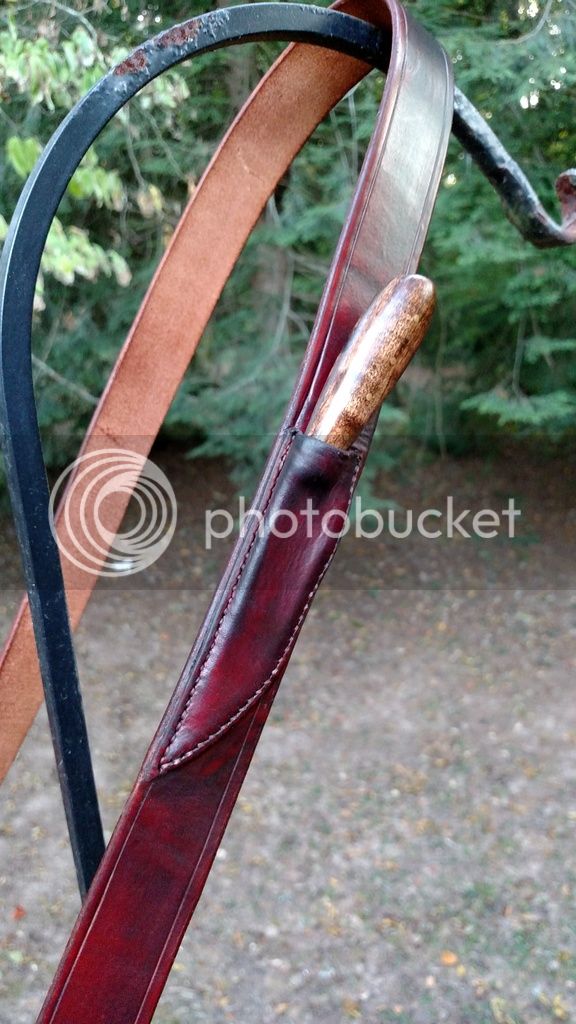CS,
My first period canteen back in the 70’s was an 18th century half moon with flat back tinned one with the rope suspension and my last one from the late 90’s onward was a British Kidney shaped canteen with rope handle, so I know what you mean about the rope not being comfortable. However, with a Waist Coat and Regimental on and everything else a Highlander Regular British Soldier carried, I didn’t notice the canteen’s rope handle near as much and I always carried a full canteen. With the theory one puts the last thing on that one would expect to take off first, the canteen rope doesn’t dig in as much with all the clothing and haversack strap under it. Yet, I admit I would love for a period correct canteen to have a strap of even webbing, if not leather and still be correct for a British Military impression. No such luck, though.
Gus








